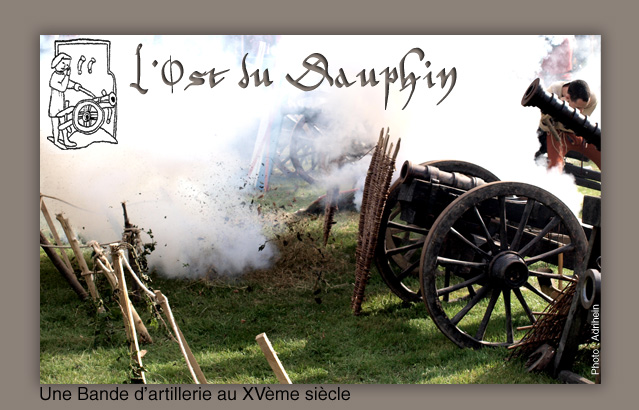Bon, on ne présente plus cette base de données qui donne accès aux états de services de 250 000 soldats Anglais entre 1369 et 1453
www.medievalsoldier.orgQuelques informations sur l’âge des débuts de carrière et l’évolution dans la classe sociale de certains combattants, relevées sur certains sites Anglo-saxons présentant cette base.“The youngest soldier on the records is Thomas, Lord Despencer, whose career began when he was 12 years old in 1385.
Thomas Gloucestre, who fought at Agincourt, is also included on the database, and his career can be traced over 43 years and includes campaigns in Prussia and Jerusalem.
The records also show that social mobility was possible, as in the case of Robert de Fishlake, who enlisted at the age of 16 in 1378 and progressed from being an archer to a man-at-arms.”
Exemples de carriéres :Robert de Fishlake“Robert de Fishlake was one of few ordinary men who rose from being an archer to becoming a man-at-arms, usually reserved for knights and noblemen.
He enlisted at age 16 in 1378 and served for three decades. He survived a shipwreck and fought as far afield as Rhodes and Jerusalem.
With his surnamed spelled ‘Fysshlake’ he is listed twice as an archer on the muster roll.
But by the 1390s – under the spelling Fischelake – he was described as a scutifer: a man-at-arms of the secondary order, roughly equivalent to an esquire.
By 1408 he had become sufficiently respected to testify at the Court “
Lord Cobham“Reginald Cobham was one of Edward III’s leading commanders in the heyday of the king’s greatest success between the 1330s and 1360.
His military achievements led to a peerage.
He began his career in the 1330s in Scotland and specialised in intelligence and logistics.
In 1346 at Crécy, he led troops to victory by fording the River Somme and then wiping out the French on the other side.
He also served as a naval commander, winning victories against the Spanish and French.
His last military campaign was in 1359 at the age of 60.
Two years later he died from the Plague.”







